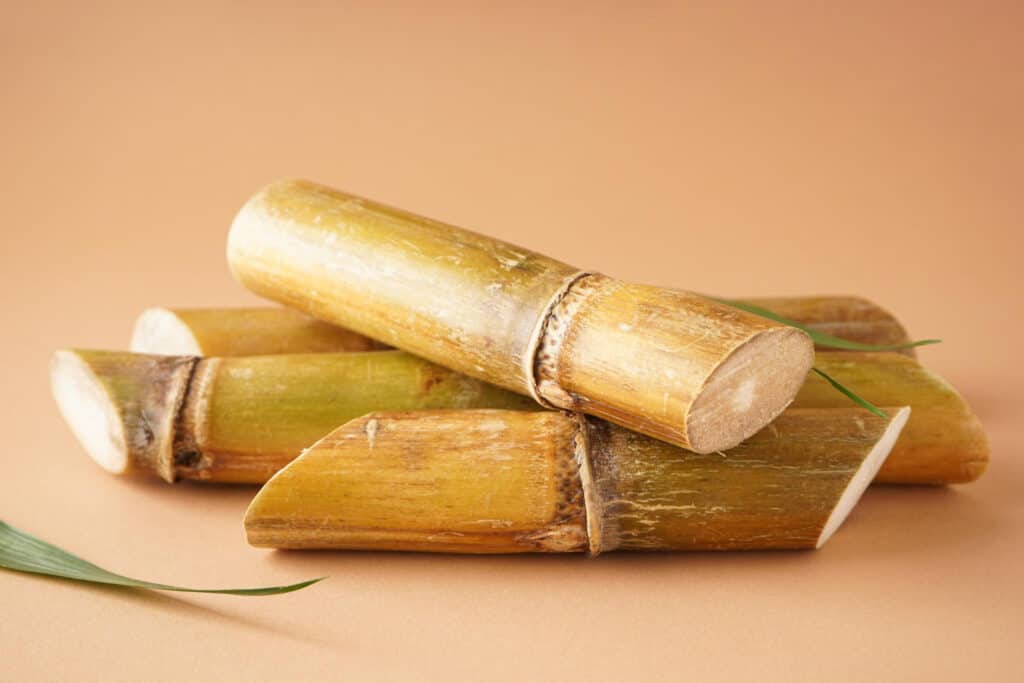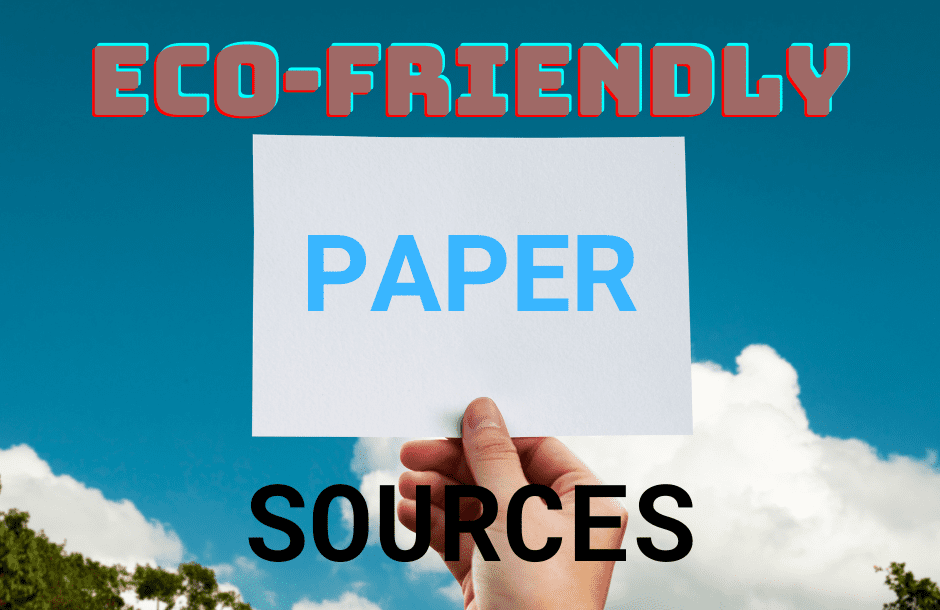Paper is an important material that we use in our everyday lives. It is made from trees and other plant materials, and it has a wide variety of uses, from packaging to writing.
The production of paper can have a significant impact on the environment. Deforestation is a major problem in many parts of the world, and it is often caused by the clearing of land for paper production. This can lead to habitat loss and the displacement of local communities.
The production of paper also consumes a lot of energy and water, and it generates pollution. In addition, the use of paper can also lead to the waste of valuable resources, such as wood.
There are a number of ways to reduce the environmental impacts of paper production. One is to use more eco-friendly paper sources, such as recycled paper. Recycling paper conserves resources and energy, and it can also help to reduce pollution.
Another way to reduce the environmental impacts of paper production is to use more efficient production methods. This includes using less water and energy, and recycling more of the waste generated.
You can also help to reduce the environmental impacts of paper production by using paper more efficiently. This means using less paper overall, and recycling or composting paper when possible.
Sustainable Paper Stocks Not Made of Trees
The pulp and paper industry has a significant environmental footprint. It is the third largest industrial polluter of water in the world and is a major contributor to deforestation. In an effort to reduce these impacts, the industry has developed a number of eco-friendly paper sources.
There are two main types of eco-friendly paper: recycled paper and tree-free paper.
Recycled paper is made from post-consumer waste, such as used office paper and newspaper. This paper is less energy and water intensive to produce than virgin paper, and generates significantly less pollution.
Tree-free paper is made from alternative fibers, such as bamboo, hemp, and sugarcane. This paper does not require the felling of trees, and has a much lower environmental impact than virgin paper.
Common Examples of sustainable paper Sources
- Bamboo Paper

Bamboo paper is made out of bamboo pulp and is a sustainable alternative to other paper products. Bamboo is a fast-growing plant and does not require fertilizer or irrigation, making it a more environmentally friendly choice. Bamboo paper is also biodegradable and compostable.
- Hemp Paper

Hemp paper is made from the hemp plant, which is a type of cannabis. Hemp paper is sustainable because it can be made from the fibers of the hemp stalk, which is a renewable resource. Hemp paper is also biodegradable, meaning it can be broken down by microorganisms and recycled into new products.
- Sugarcane Paper

Sugarcane paper is a paper product made from the fibers of the sugarcane plant. It is a strong, durable paper that is resistant to water and insects. Sugarcane paper is commonly used for bookbinding, packaging, and printing.
- Plantable Seed Paper

Seed paper products are made from recycled paper that has been combined with seeds. The paper is then cut or printed into any desired shape and dried. Once it is dry, the paper can be planted and the seeds will grow. There are many different types of seed paper products available, including invitations, thank you cards, wedding favors, and even business cards. Most seed paper products can be planted in either soil or water.
Eco-friendly paper is more expensive than traditional paper, but the environmental benefits make it a worthwhile investment. When choosing paper products, look for products that are made with recycled or tree-free paper to reduce your impact on the environment.
Environmental impacts of paper production
Paper production has a number of negative environmental impacts. These include deforestation, water pollution, and air pollution.
Deforestation is perhaps the most serious impact of paper production. It takes around 24 trees to make just one ton of paper, and the global paper industry is responsible for the loss of around 10 million acres of forest every year. This has a devastating impact on the environment, as forests are vital for absorbing carbon dioxide, providing homes for wildlife, and regulating the climate.
Water pollution is another major environmental concern associated with paper production. The paper-making process uses large amounts of water, and this water can become contaminated with chemicals used in the process. This contaminated water is then often released back into the environment, where it can pollute rivers, lakes, and groundwater.
Air pollution is also a problem caused by paper production. The paper industry emits large amounts of greenhouse gases, such as carbon dioxide and methane, into the atmosphere. These gases contribute to climate change, which is a major threat to the environment.
Overall, paper production has a number of serious negative impacts on the environment. It is important to be aware of these impacts so that we can try to reduce them.
key takeaways
There are a variety of eco-friendly paper sources that can be used in order to help reduce the environmental impacts of paper production. Some of these include using recycled paper, using paper made from renewable resources, and using paper that has been certified by the Forest Stewardship Council. Using eco-friendly paper sources can help to reduce the amount of pollution and waste associated with paper production, and can also help to support sustainable forestry practices.
Want to know more about various ECO-FRIENDLY products and guides?
Check out our latest articles and tips for enjoying your simple and sustainable life.

